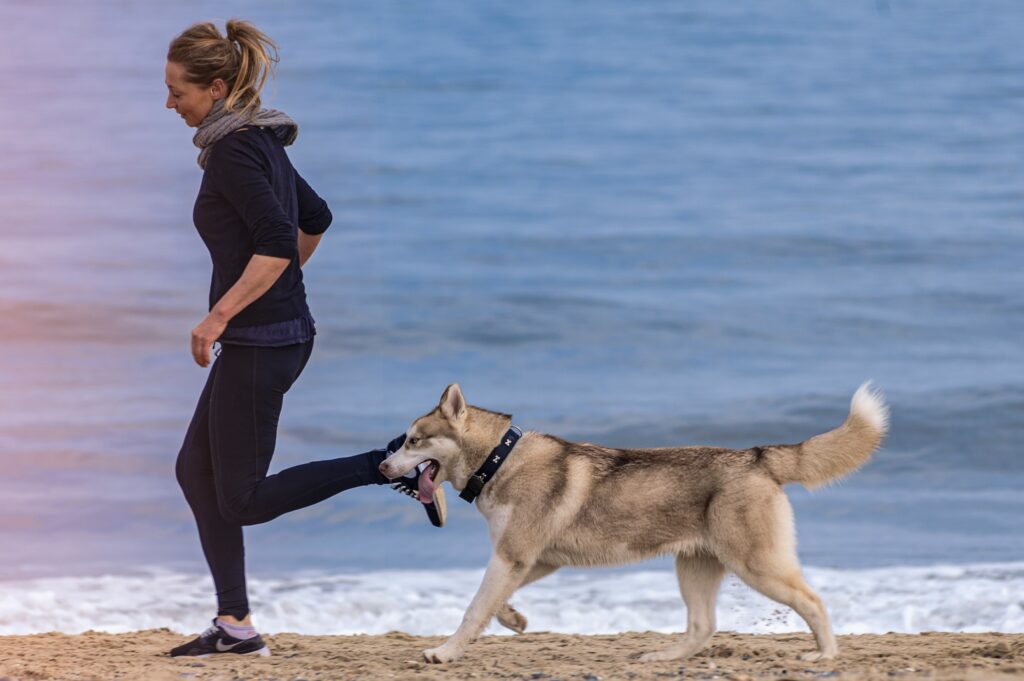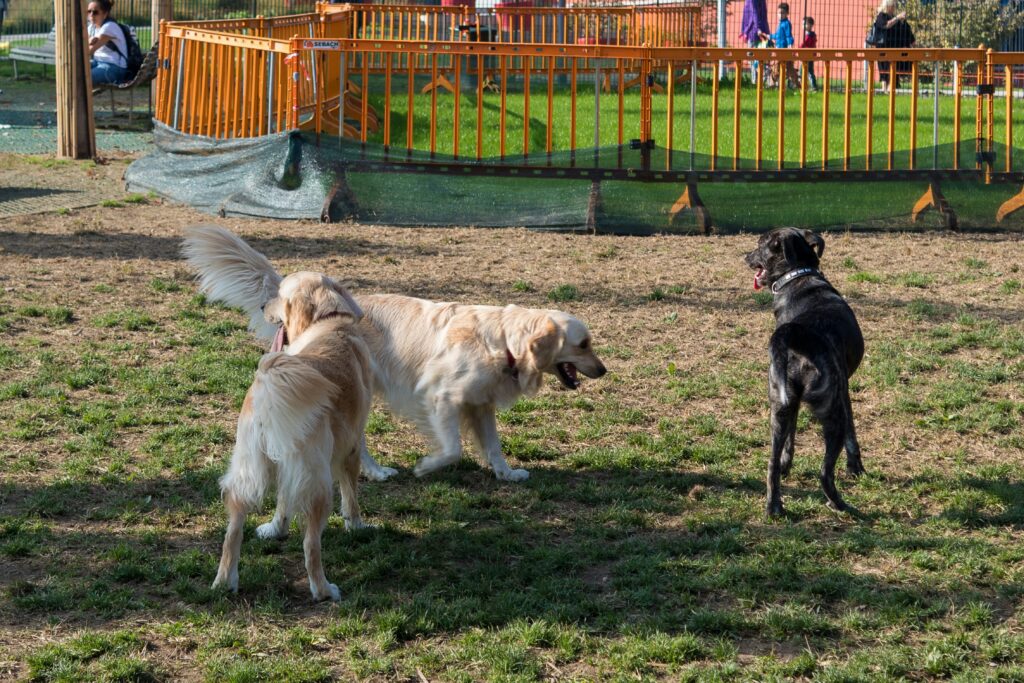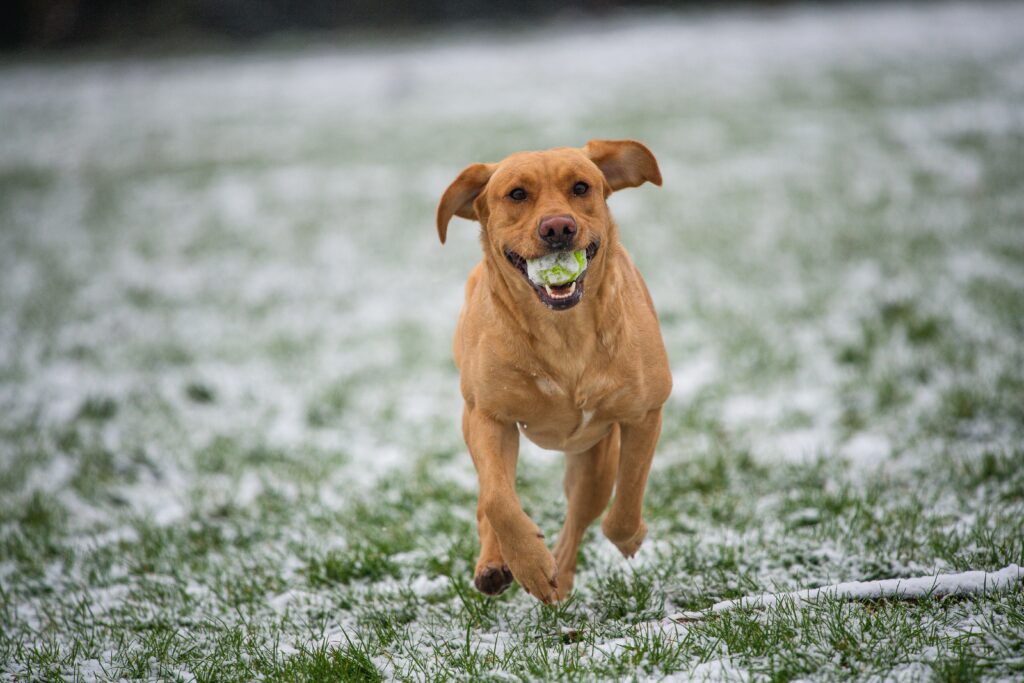Keeping your pet fit and healthy goes beyond just diet and routine vet checkups—exercise plays a huge role in their overall well-being! Regular physical activity helps maintain their weight, improves cardiovascular health, and keeps them mentally stimulated. But what kind of exercises are best? Here are some fun and effective ways to get your furry (or feathered!) friends moving, ensuring they stay happy and healthy.
Daily Walks: Not Just for Dogs

Walking isn’t just for dogs—many pets, including cats and even some small animals like rabbits, can benefit from regular strolls! Daily walks are fantastic for cardiovascular health, joint mobility, and mental stimulation. Start with short distances and gradually increase based on your pet’s comfort and energy level. It’s not just a chance to stretch their legs—it’s also a great time for you to bond and explore the world together. Just be sure to use the appropriate leash or harness, and always keep an eye out for hazards along the way.
Interactive Playtime to Engage the Mind and Body
Interactive play sessions are a fantastic way to engage your pet’s mind and body simultaneously. Toys like laser pointers, feather wands, and even puzzle feeders can keep cats and dogs chasing, pouncing, and thinking. Fetch is a classic for dogs, but don’t discount it for cats—some will eagerly chase after a thrown toy. For smaller pets like birds or hamsters, adding tunnels, ladders, or small balls to their environment can encourage playful activity. The goal is to get them moving and thinking, which reduces boredom and promotes a happy, well-rounded pet.
Swimming: Low-Impact Exercise for All Ages
Swimming is an excellent low-impact exercise that’s easy on the joints and great for pets of all ages, especially seniors or those recovering from injuries. Many dogs, and even some adventurous cats, love a good swim! If you’re introducing your pet to water for the first time, start slow, use a pet life vest, and ensure you’re always supervising. Pools, lakes, or designated pet swim areas are best, and remember to rinse them off after to remove any chlorine or lake water residue. Swimming can be a fun alternative for pets who may not be as eager to run or play fetch.
Agility and Obstacle Courses

If you have an energetic pet, setting up a simple agility or obstacle course can be a thrilling way to challenge them. You don’t need professional equipment—a few cones, boxes, or hoops can do the trick. Guide your pet through tunnels, over jumps, or around objects, rewarding them with treats or praise as they complete each task. This type of exercise is not only physically demanding but also mentally engaging, strengthening your pet’s coordination and problem-solving skills.
“Hide and Seek” for a Fun Twist
This classic game can be easily adapted for pets! Hide in another room and call your pet’s name, or hide their favorite toy or treat and encourage them to find it. This game promotes physical activity while stimulating your pet’s sense of smell and curiosity. For small animals like guinea pigs or ferrets, hiding treats in different parts of their enclosure can have a similar effect, encouraging them to move and explore.
Tug-of-War for Strength and Coordination
Tug-of-war isn’t just a great energy-burner—it also helps improve your pet’s strength and coordination. Use a sturdy rope toy or a long cloth, and let your dog or cat pull and tug to their heart’s content. Make sure to play on a soft surface to protect their teeth, and never pull too hard. This game is particularly good for dogs with a strong prey drive, as it simulates natural instincts in a controlled, fun environment. Just remember to set boundaries, ensuring your pet knows when the game starts and stops.
Training Sessions for Mental and Physical Stimulation
Exercise doesn’t have to mean running around endlessly—training sessions are a wonderful way to challenge your pet both mentally and physically. Teaching new tricks or practicing obedience commands keeps their brain engaged while reinforcing your bond. Each command, from “sit” to “roll over” or “shake,” involves a degree of movement and focus that can tire your pet out in the best way possible. For small animals like birds, teaching them to step onto your hand or fly short distances can serve the same purpose.
Chase and Fetch Games

Chase games are not just fun but also highly effective for high-energy pets like dogs and cats. Use balls, toy mice, or even crinkly paper to encourage them to run after something. Some pets will naturally love to bring items back to you (yes, some cats play fetch too!). This type of exercise helps maintain a healthy weight and works on speed, agility, and stamina.
Regular exercise is essential for keeping your pet in tip-top shape—both physically and mentally. Whether you’re taking your dog for a swim or encouraging your cat to chase a laser pointer, the key is to find activities that suit your pet’s personality and energy levels. By incorporating a mix of these exercises, you’ll keep your furry friend fit, happy, and thriving all year long!


